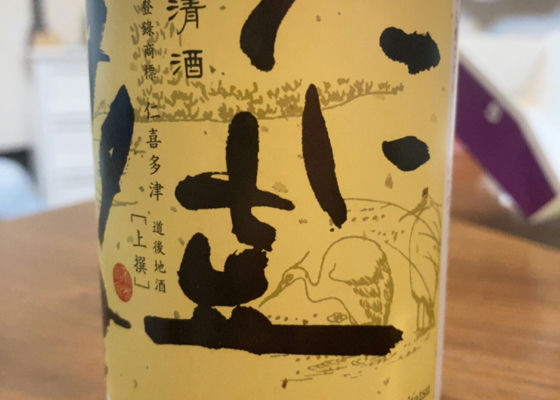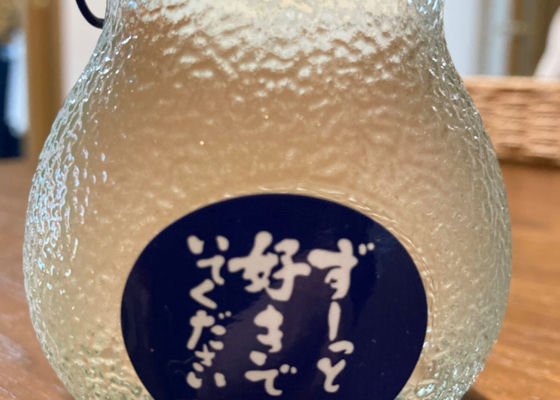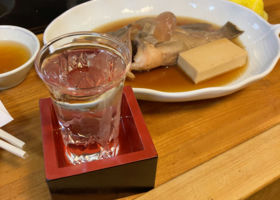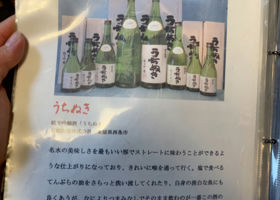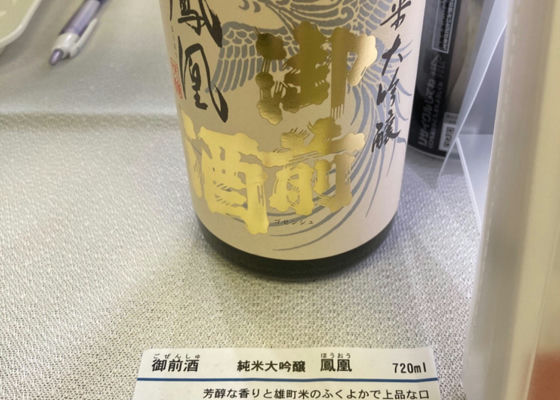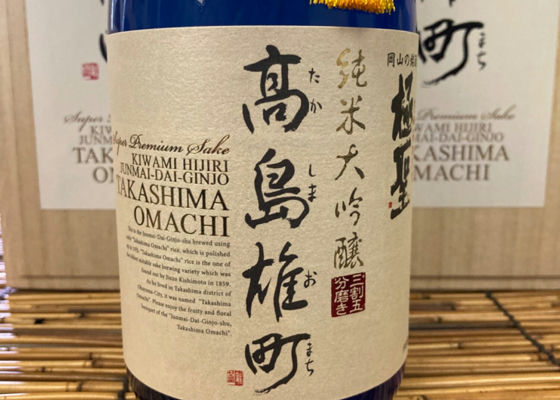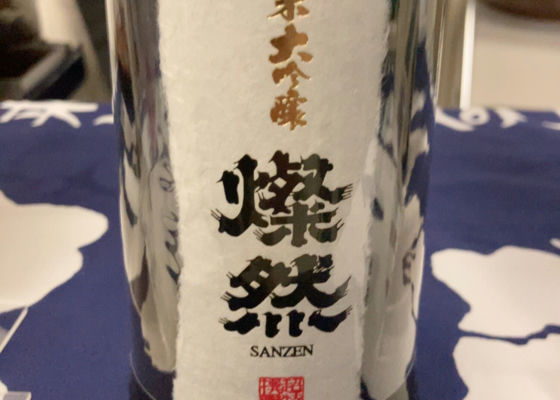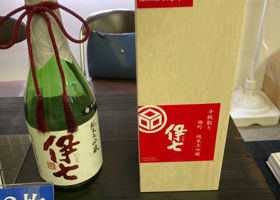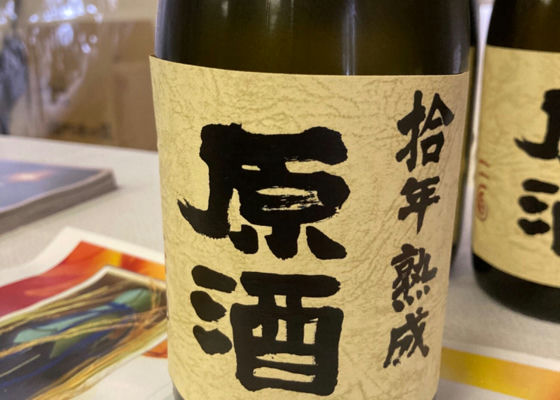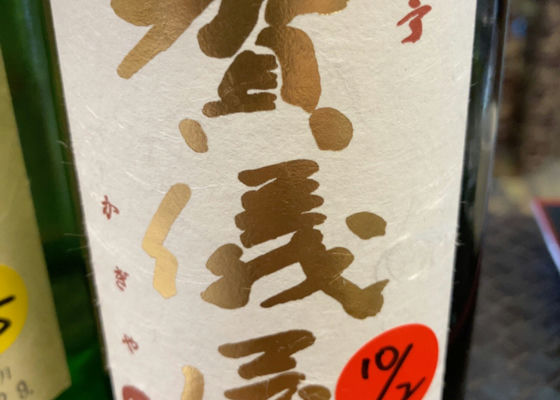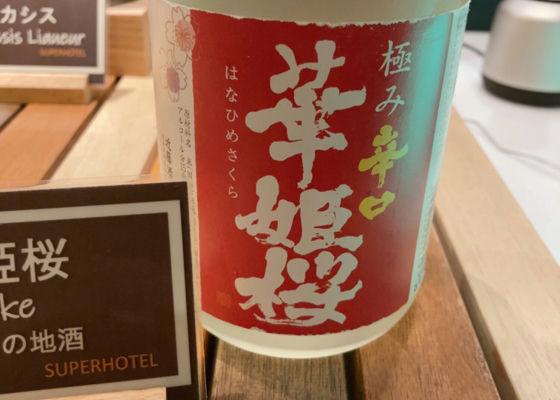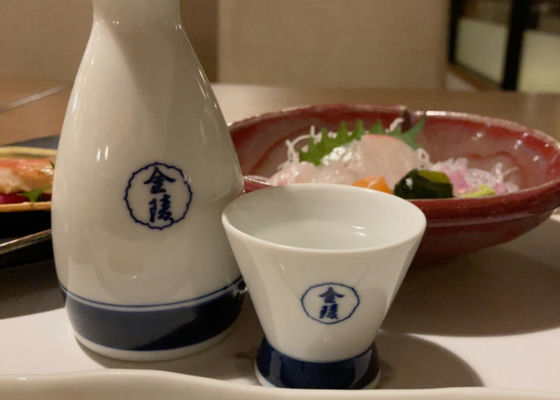
82虎
Business trip to Ehime Toon City. Drank at accommodation in a natural hot spring. All the Ehime sake on the menu were already drunk. The hot sake was from the neighboring city of Kagawa. It was getting cold, so we ordered hot sake. It was mild and easy to drink from the first taste, but you could feel the deliciousness of the rice spreading through your guts as only hot sake can. It is mild and easy to drink from the first taste, but you can feel the delicious rice flavor spreading through all five organs, which is only possible with hot sake.
Japanese>English
